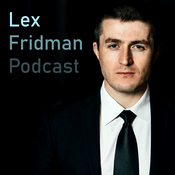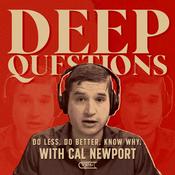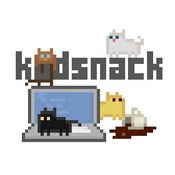10 avsnitt

Chapter 10: Browser Wars
2021-11-08 | 40 min.
In June of 1995, representatives from Microsoft arrived at the Netscape offices. The stated goal was to find ways to work together—Netscape as the single dominant force in the browser market and Microsoft as a tech giant just beginning to consider the implications of the Internet. Both groups, however, were suspicious of ulterior motives.

Chapter 9: Community
2021-6-24 | 39 min.
In April of 2009, Yahoo! shut down GeoCities. Practically overnight, the once beloved service had its signup page replaced with a vague message announcing its closure.

Chapter 8: CSS
2021-5-03 | 36 min.
The cascade brings order to the web. Through a simple set of rules, multiple parties—the browser, the user, and the website author—can define the presentation of HTML in separate style sheets. As rules flow from one style sheet to the next, the cascade balances one rule against another and determines the winner. It keeps design for the web simple, inheritable, and embraces its natural unstable state. It has changed over time, but the cascade has made the web adaptable to new computing environments.

Chapter 7: Standards
2021-3-11 | 39 min.
In a prescient moment capturing the spirit of the room, Dan Connolly described a future when the language of HTML fractured. When each browser implemented their own set of HTML tags in an effort to edge out the competition. The solution, he concluded, was an HTML standard that was able to evolve at the pace of browser development.

Chapter 6: Web Design
2021-1-05 | 36 min.
After the first websites demonstrate the commercial and aesthetic potential of the web, the media industry floods the web with a surge of new content. Amateur webzines — which define and voice and tone unique to the web — are soon joined by traditional publishers. By the mid to late 90’s, most major companies will have a website, and the popularity of the web will begin to explore. Search engines emerge as one solution to cataloging the expanding universe of websites, but even they struggle to keep up. Brands soon begin to look for a way to stand out.
Fler podcasts i Teknologi
Trendiga poddar i Teknologi
Om Web History
Lyssna på Web History, Hard Fork och många andra poddar från världens alla hörn med radio.se-appen

Hämta den kostnadsfria radio.se-appen
- Bokmärk stationer och podcasts
- Strömma via Wi-Fi eller Bluetooth
- Stödjer Carplay & Android Auto
- Många andra appfunktioner
Hämta den kostnadsfria radio.se-appen
- Bokmärk stationer och podcasts
- Strömma via Wi-Fi eller Bluetooth
- Stödjer Carplay & Android Auto
- Många andra appfunktioner


Web History
ladda ner appen,
börja lyssna.

































